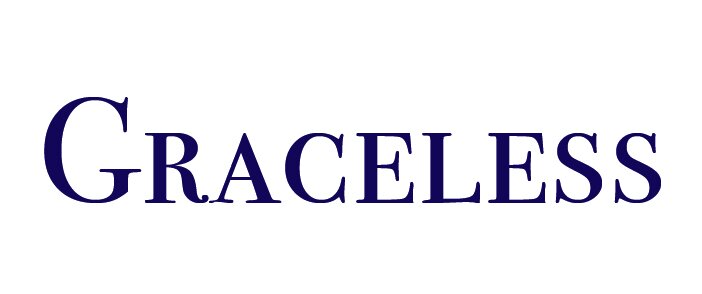Resistance Is in Our Blood
[et_pb_section fb_built="1" _builder_version="3.0.86"][et_pb_row _builder_version="3.0.86"][et_pb_column type="4_4" _builder_version="3.0.86" parallax="off" parallax_method="on"][et_pb_text _builder_version="3.0.86"]
I’ve been trying and failing to learn more about my genealogy beyond what I know from my family. Forget the usual ancestry sites that claim they’ll unearth my roots for $100+ dollars and a tube of my spit. Aside from not trusting any company with my bodily fluids, I’m beyond skeptical because I’ve already seen what they can offer a Latina immigrant like me: a map that carefully and specifically details my European ancestry in color-coded bubbles – Spanish, Italian, German – and then draws a huge cloud over North, Central, and South America, lumping every Native tribe together to proclaim, “Oh and hey! You’re also part indigenous.”
Like it’s an afterthought. Like all Native people are the same and can be lumped together and therefore erased. Like US history taught us.
It’s striking how these genealogy tests place so much emphasis on quantifying ancestry down to a number rather than the more human element of story. I don’t want a percentage. I want names and lives lived and connections and memory. I want history passed down through generations.
Before you say, “But I’ve seen the commercials—they reunite people with great-grandparents and third and fourth cousins and everything,” consider that the majority of those examples are white people. We are not lacking in white immigrant history. Trace the roots of a person of color far back enough and you’ll likely find the violent scars of European, colonialist rule that enslaved, murdered, and systematically erased our ancestors, never bothering to learn or preserve their names, let alone their lives.
[/et_pb_text][et_pb_text _builder_version="3.0.86" background_color="#2e1c47" use_background_color_gradient="on" background_color_gradient_start="#f2c230" background_color_gradient_end="#f83792" parallax="on" disabled_on="off|off|off" box_shadow_style="preset3"]
I’m done having my Latina-ness commodified for spice or flavor. I’m done politely asking that my community not be dehumanized.
[/et_pb_text][/et_pb_column][/et_pb_row][et_pb_row _builder_version="3.0.86"][et_pb_column type="4_4" _builder_version="3.0.86" parallax="off" parallax_method="on"][et_pb_text _builder_version="3.0.86"]
What we are left with as Americans (yes, South, Central, and North Americans) is a distorted version of our heritage that centers white European identity above all others. It upholds the dominance of imperialist cultures by conveniently brushing over the sins of genocide and slavery, in service of the narrative that it’s the colonizers and conquistadors who brought culture and civilization to the “New World.”
You need only look at US history books as the prime example, where “history” begins in 1492, slaves are called immigrants, and we are taught that Native Americans mainly died of smallpox. Look at the backs of cereal boxes, even. Last year, I nearly choked on my favorite organic chocolate cereal as I read their packaging copy: “Europeans first discovered cocoa trees…when they explored Central and South America in the 15th century.” I never thought I’d go on a Twitter rant against a cereal brand, but I am done passively accepting white supremacy. I’m done translating words in my writing. I’m done plucking my eyebrows because they are too dark and unkempt to fit eurocentric beauty standards. I’m done having my Latina-ness commodified for spice or flavor. I’m done politely asking that my community not be dehumanized.
I don’t expect that I will ever fully unearth the stories of my indigenous ancestors in a world that so purposely ensured they’d be forgotten. Not that I’ve given up—I’ll just have to find other ways with what little clues I have. In my family, there is talk of us being descendants of José Olaya, an Afro-Peruvian martyr who was vital in Peru’s war of independence, but I’ve yet to fully retrace our lineage. The only records I’ve found are baptisms or birth certificates of Italian or Spanish relatives, products of colonization that begin writing history upon their arrival, as if that is when history begins.
This summer, scientists in Peru created a 3D rendering of the face of a woman from the Moche culture who died about 1,700 years ago. The discovery of her remains in 2005 dispelled the notion that the Moche society was patriarchal. The Lady of Cao, as she is called, was found buried with a crown and precious metal gems, indicating she was likely a priestess or political leader. In the rendering, her face is oval-shaped with high cheekbones. “We can now show the world her face, a face that Peruvians see ourselves in,” said our minister of culture.
I want more of these mirrors. My ancestors’ names and stories may be lost to me forever, but our collective history stares back in my reflection. It has a fight in it that won’t die. It is our blood and pride and pain. It is my strength and my resistance.
[/et_pb_text][/et_pb_column][/et_pb_row][/et_pb_section]

